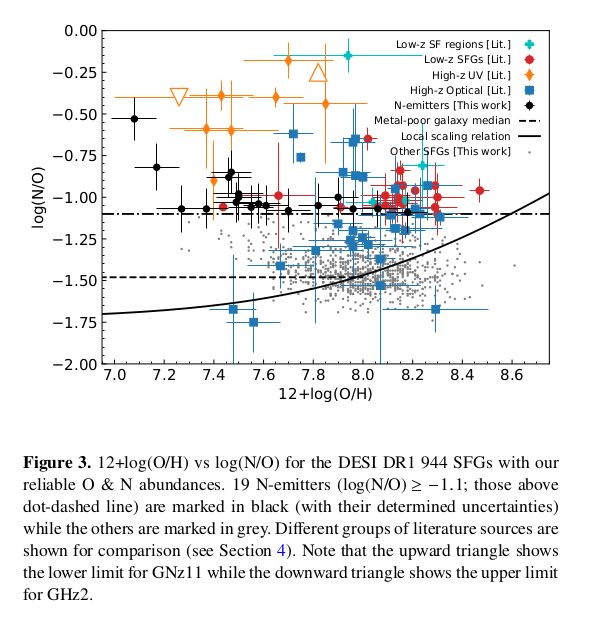The StarXiv ✨ podcast
@starxiv.bsky.social
460 followers
57 following
180 posts
A podcast where Payel Das (@payeldas.bsky.social) and Michelle Collins (@runningastronomer.bsky.social) discuss papers from astroph
Starxiv.com
Spotify - https://shorturl.at/xdTFw
Apple - https://shorturl.at/nKFNj
RSS - https://rss.com/podcasts/starxiv
Posts
Media
Videos
Starter Packs





















